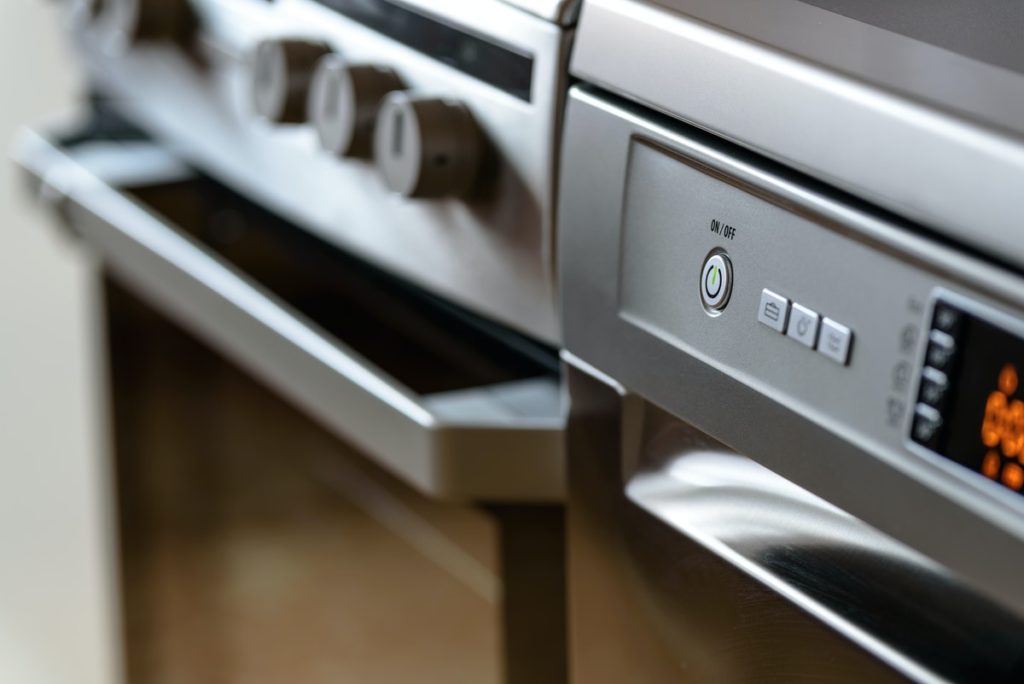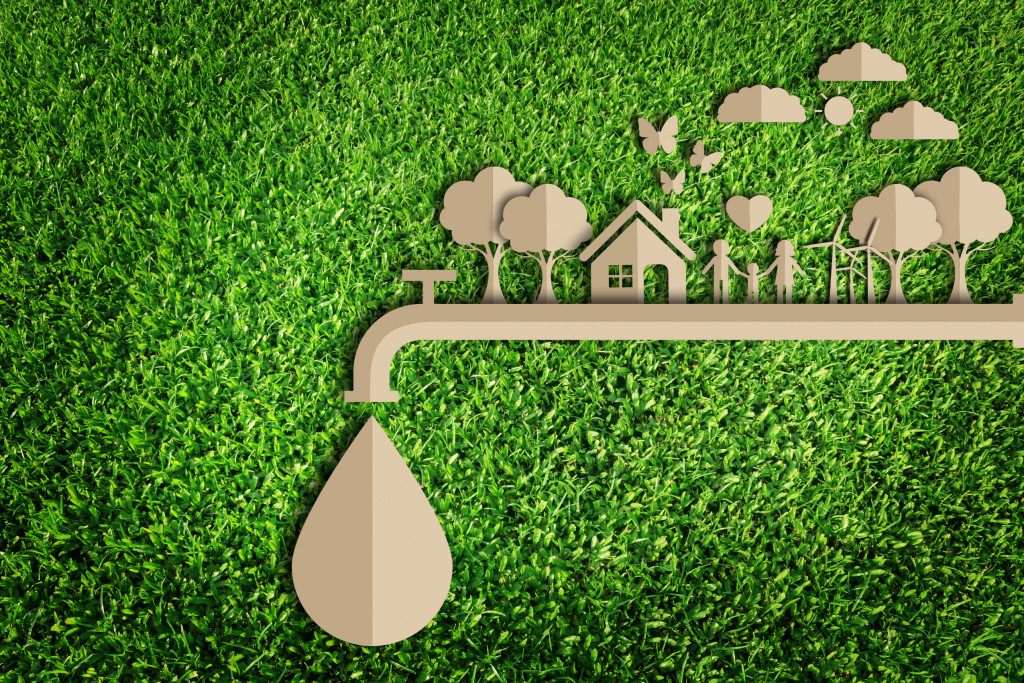The World Health Organization revealed that more than 6.5 million people die every year due to excessive air pollution alone. Although governments worldwide are taking steps to deal with the issue, the change everyone yearns for must start at home—and sustainable housings have become the ideal solution to this growing issue.
Now more than ever, having eco-friendly homes that conserve resources while minimizing pollution is paramount. That’s why even modern and smart residential structures are taking steps toward becoming environmentally friendly.
That said, here are seven sustainable features that are reshaping the definition of modern ‘smart homes.’
LED Lighting or Solar Panels
Like how companies switch their commercial lighting to LED bulbs, smart homes now use LED lighting to replace conventional incandescent light bulbs. That’s because incandescent light bulbs use and waste a lot of energy, which is harmful to the environment, converting 90% of the energy into heat instead of light. In contrast, LED light bulbs aren’t just more energy-efficient, but they last longer than traditional incandescent bulbs.
Another sustainable feature that many modern homes have is solar rooftop panels. These use infinite energy from the sun, providing a lightweight, affordable, and long-term way of boosting the passive ‘electrical energy’ of a home, making it more sustainable and safe for the environment. Solar panels are on-trend in smart homes because, aside from being excellent for the environment, they add attractive and artistic vibes to a property.
Eco-Friendly Paint
Thanks to consumers and homebuyers becoming more conscious about their purchases, most home sellers are now adding all sorts of environmentally friendly upgrades to their properties. Although paint may not be the first you’d consider, it’s a surprisingly crucial facet. That’s because conventional paint typically consists of greenhouse gases and other harmful chemicals that get released into the surroundings—and your lungs and body.
That’s why most modern smart homes today use eco-friendly paint, emitting little to no greenhouse gases and toxic chemicals, and they usually don’t contain any volatile organic compounds (VOCs) that are common in traditional paint. They’re generally environmentally safe and make your color choice better.
Vegetable Gardens
One of the best and simplest ways to become more sustainable is having areas for vegetation outdoors, such as vegetable gardens. These not only give homeowners an escape to clear their minds and enjoy some fresh air and sunlight, but vegetable gardens are also good for the planet. That’s because ‘gardening’ efficiently promotes the continuous cycle of growth and decomposition, maintaining healthy soil and growing plants.
All these produce more oxygen and sustainable food, making it beneficial for the homeowner and surroundings. With enough space, gardeners can easily tend to a grove of fruit trees or produce wine from small vineyards. Either way, gardening is a guaranteed way of making a home more sustainable.
Sustainably Sourced Furniture
As more consumers become environmentally conscious about their purchases, the production of sustainable furniture has grown exponentially. So, more modern smart homeowners are now investing in sustainably sourced furniture, reducing their carbon footprint. However, keep in mind that when buying sustainably sourced furniture, ensure they are certified by the Programme for the Endorsement of Forest Certification.
Energy-Efficient Appliances

Similar to eco-friendly furniture, energy-efficient appliances are now flooding the market, making them more accessible. Using these types of home appliances can result in up to a 13% reduction in your monthly energy billings, saving you money and your surroundings.
Green Roofing
The first-ever recorded ‘green roof’ has been dubbed the ‘Hanging Gardens of Babylon,’ where roofing consisted of waterproofing membranes, growing mediums, and vegetation, providing better environmental benefits. They can also reduce stormwater runoff, energy use, and heat island effects, all good for the surroundings. Nowadays, modern smart homes incorporate green roofs and balconies, providing an efficient, naturally cooled, and landscaped home.
Geothermal Heating and Cooling
Like solar panels, this sustainable feature harnesses nature’s forces to provide ideal indoor conditions at any time. Geothermal heating and cooling enable homeowners to make the most out of modern homes’ environmental footprint relatively small, making a house look better and become better for the environment. A top-quality geothermal system can offer up to 20 years of efficient heating and cooling with minimal maintenance and carbon footprint, outweighing its upfront costs.
With home buyers and general consumers becoming more environmentally conscious, even technology-powered smart homes have more sustainable features, such as the ones mentioned—making them more convenient and eco-friendly. Although these may have substantial upfront costs, the long-term savings and positive impacts it will have on the environment will always far outstrip its costs.


